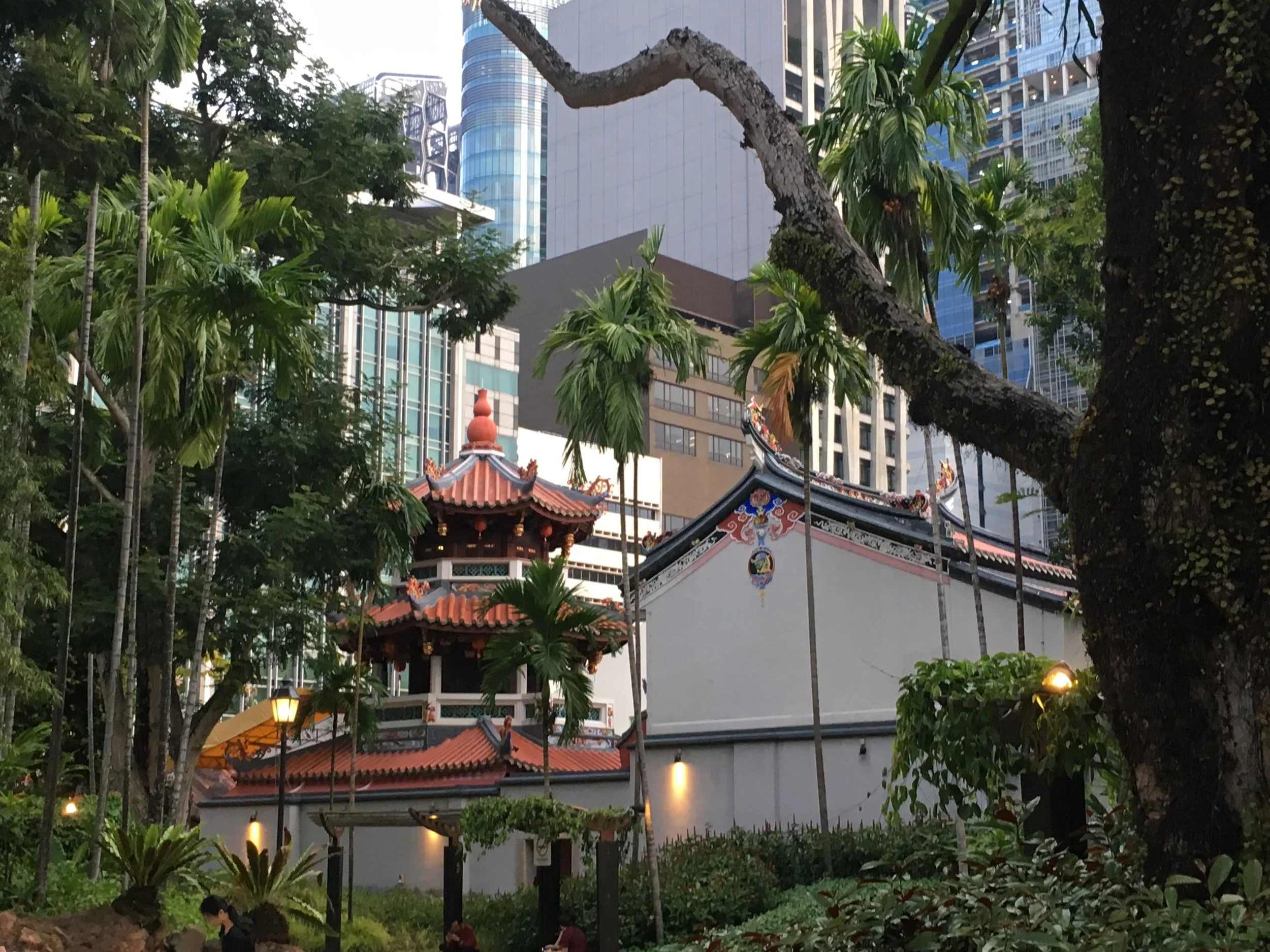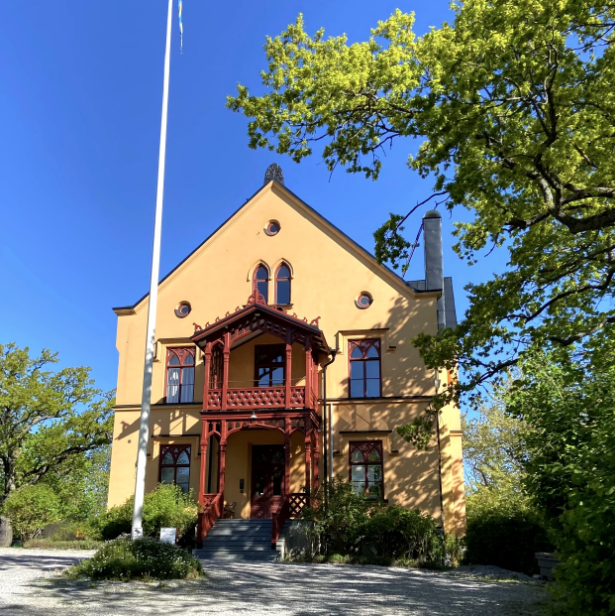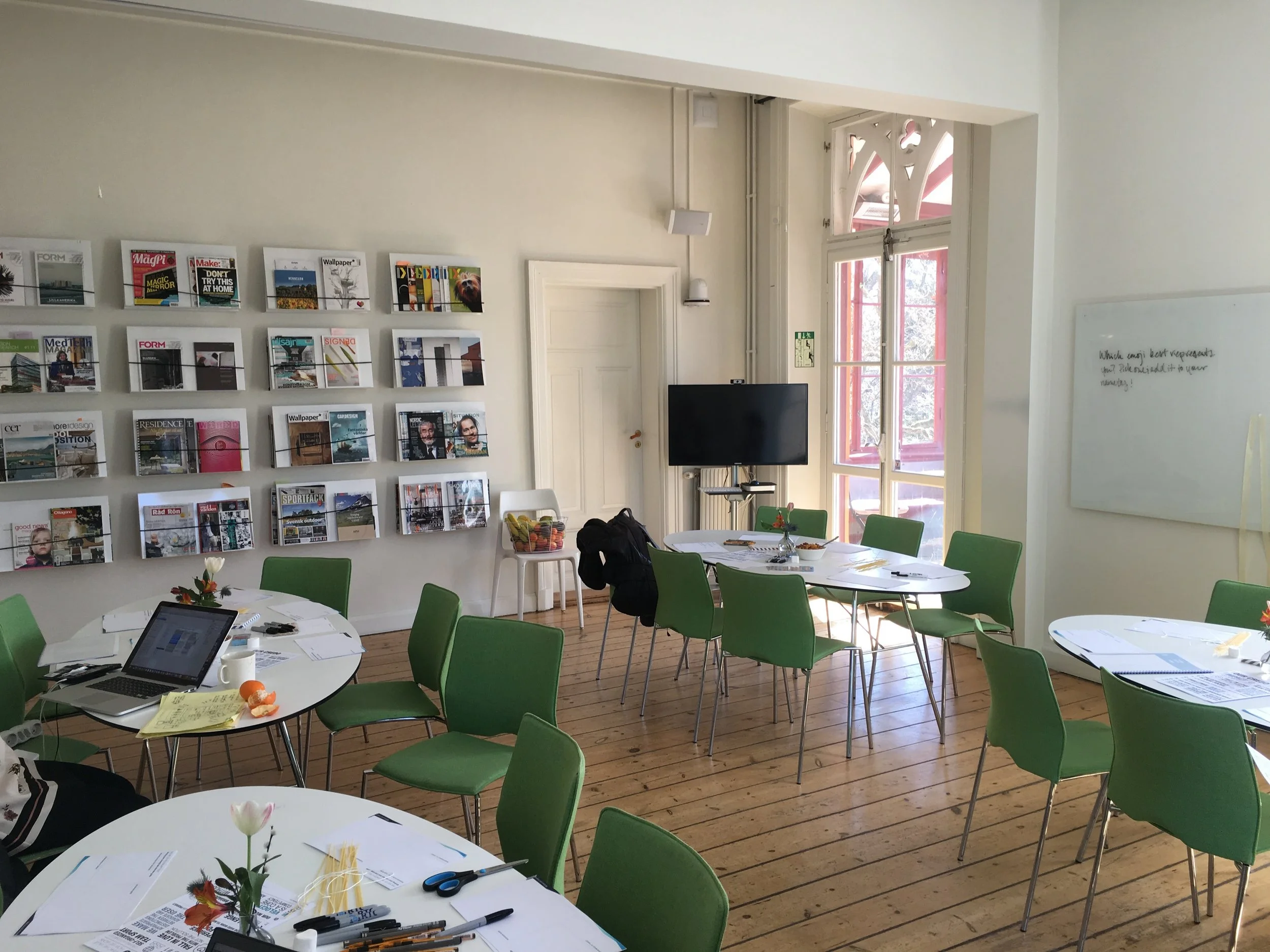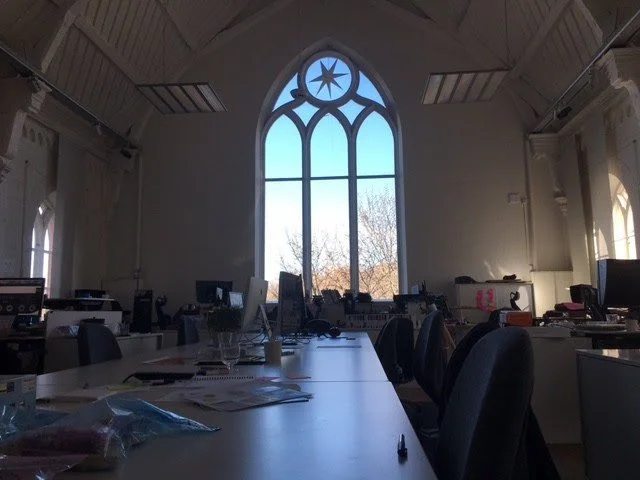Why I Left Consulting to Start My Own Design Studio
Written by Noelle Langston, studio founder
My life took an unexpected turn in the summer of 2017. Back then, I was deep in the grind of New York City, working at a big consulting firm. My schedule was packed with work, career-building tasks, and an unhealthy number of interest groups at the office—leaving little room for much else, especially sleep. At this point my job was strategy oriented, and while I used design thinking and its methods as a tool, I certainly didn't consider myself a designer. I was even teaching UX product design workshops after years of learning and growing my skillset but still, that wasn’t me.
A few months before, our firm had acquired two design studios, and I quickly sought out the designers who started coming into our NYC office. I was curious about what design was like at these highly regarded studios. We set up workshops at their offices in Stockholm, Singapore, and San Francisco. The day before the Stockholm session, I was working from our Stockholm consulting office. It was like any other: sleek, functional, and designed to be all business. The next day, we arrived at the studio, a renovated church by a lake outside the city. The design team welcomed us in as if it were their home. We settled into a sunny room off the kitchen, where the sixty or so people there gathered for meals and their traditional Swedish "fika"—a break for coffee and connection. I’d planned to work on my laptop in a corner before the session started, but instead, we sat together, chatting about life in the studio. They shared stories of swimming in the lake, growing food in the community garden, and even building a public bus prototype in their basement. Touring the space, it became clear what design meant there. It was hands-on, explorative, often messy, and deeply human.
My version of design lived in PowerPoint decks—all answers, numbers, and charts meant to persuade. But in Stockholm, it was different. Their version of design wasn't about rigid conviction, but about embracing the unknown, spending time with people and their problems, and then collaboratively exploring solutions. Here, design was a human endeavor: understanding how people truly interacted with their world, from their chairs to complex systems. This studio’s work was world-altering and award-winning, yet I didn't feel intimidated. I felt a profound sense of inspiration.
Then came a workshop in Singapore. Juggling projects across time zones and battling constant exhaustion, I felt an undeniable internal pressure building. In that disoriented state, I had a moment of intense clarity—a feeling that broke through the noise. The Swedish studio had shown me how professional excellence could meet genuine humanity, how complex problems could be approached with empathy and an openness to the process. My current life, with its endless busy-ness and rigid structures, suddenly felt out of sync with this expansive, human-centered vision. It was a clear signal that something needed to change inside me. As Robert Frost put it: "A poem begins as a lump in the throat, a sense of wrong, a homesickness, a lovesickness. It is never a thought to begin with." That quiet dissonance, sparked in Sweden, demanded attention in Singapore.
It was after this experience that I fully committed to design, not just as a skillset, but as my calling. The path I’d built no longer aligned with where I needed to go. It wasn't that consulting was flawed, but that I needed a different space to truly explore this newfound purpose. Even so, the leap wasn't immediate. I continued to build my career over the next three years at another large, international company developing emerging tech but with a very young design function. Yet, that work, while valuable, was so far from the spirit I'd felt in Stockholm. That sense of purpose became an even louder imperative once the pandemic hit; I was ready to build my own studio, one that would allow me to be the type of designer I wanted to be, to develop experiences and products in a way that fully aligned with that feeling of purpose. Starting Bold Type was a scary, yet deeply satisfying, next step. It's been a journey of hard-won growth, and I'm proud of the work I've done, creating spaces and solutions that welcome curiosity, foster collaboration, and embrace the beautiful messiness of human experience, leaving room for enormous possibility and recognizing our shared humanity. It's a journey that's taught me that when you find your true calling, you simply can't ignore it—and with genuine conviction, anything is possible.
From top: photo taken the morning after the panic attack in Singapore, followed by three photos I took at my dream studio in Stockholm, Sweden

The most powerful stories are the ones that dare to be honest
~
The most powerful stories are the ones that dare to be honest ~
Partner with us
Commanding experiences are born from the courage to share what's real. That feeling, that lump in the throat, that sense of longing – it's the beginning of something special. These aren’t just feelings; these are powerful tools we can use to grow your business.

Bold Type Manifesto
Dig deep. For the human stories. The vulnerable parts.
Depth over likes. Resonance over fleeting hype.
Dare to suck. To evolve, you have to risk.
Celebrate the mess. There is beauty in the process.
Build conversations. Not one-way broadcasts.
Tech as a tool. Never a replacement for real connection.







